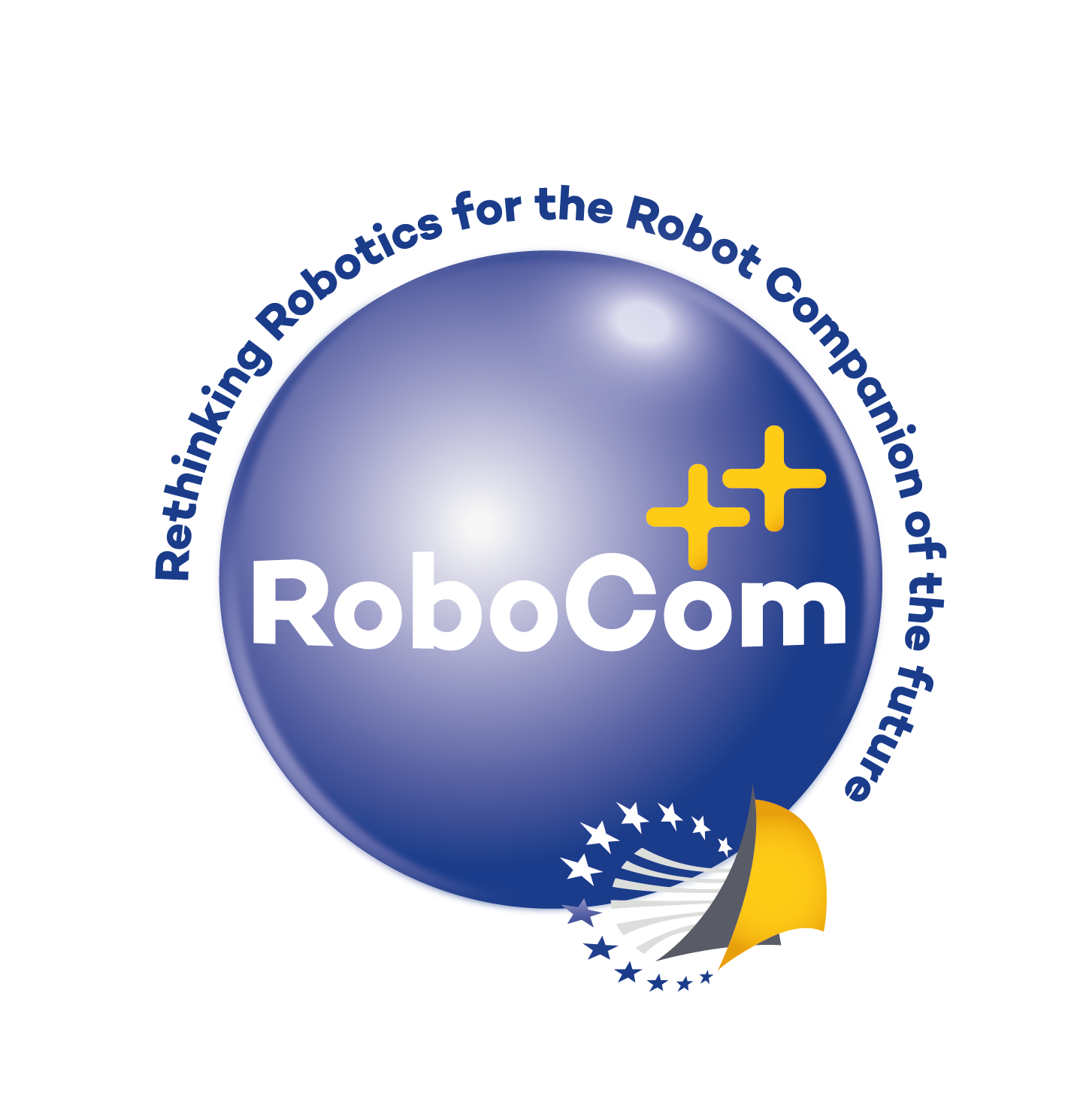The “Embodied Intelligence in Natural and Artificial Physical Agents” WG investigates the concepts of embodied intelligence, morphological computation, simplexity, and evolutionary and developmental approaches.
The morphology and the mechanical properties of the physical body of future robots can be exploited to simplify control, because adaptive behaviour can be more than just control and computation, but it can emerge from the multi-scale complex and dynamic interaction between the morphology of the body, sensory-motor information flow, orchestrated control, and environment. This is a highly interdisciplinary field that joins the competencies and visions of researchers from different areas, such as engineering, computer science, biology, neuroscience, biomechanics, material science, linguistics, philosophy and psychology.
Close cooperation of this WG1 – Embodied Intelligence in Natural and Artificial Physical Agents with WG2 – Soft Robotics and Bodyware, and with WG3 – “Energy Management in Natural and Artificial Agents” will be established in order to better identify the needs of future robot in terms of material and energy.
